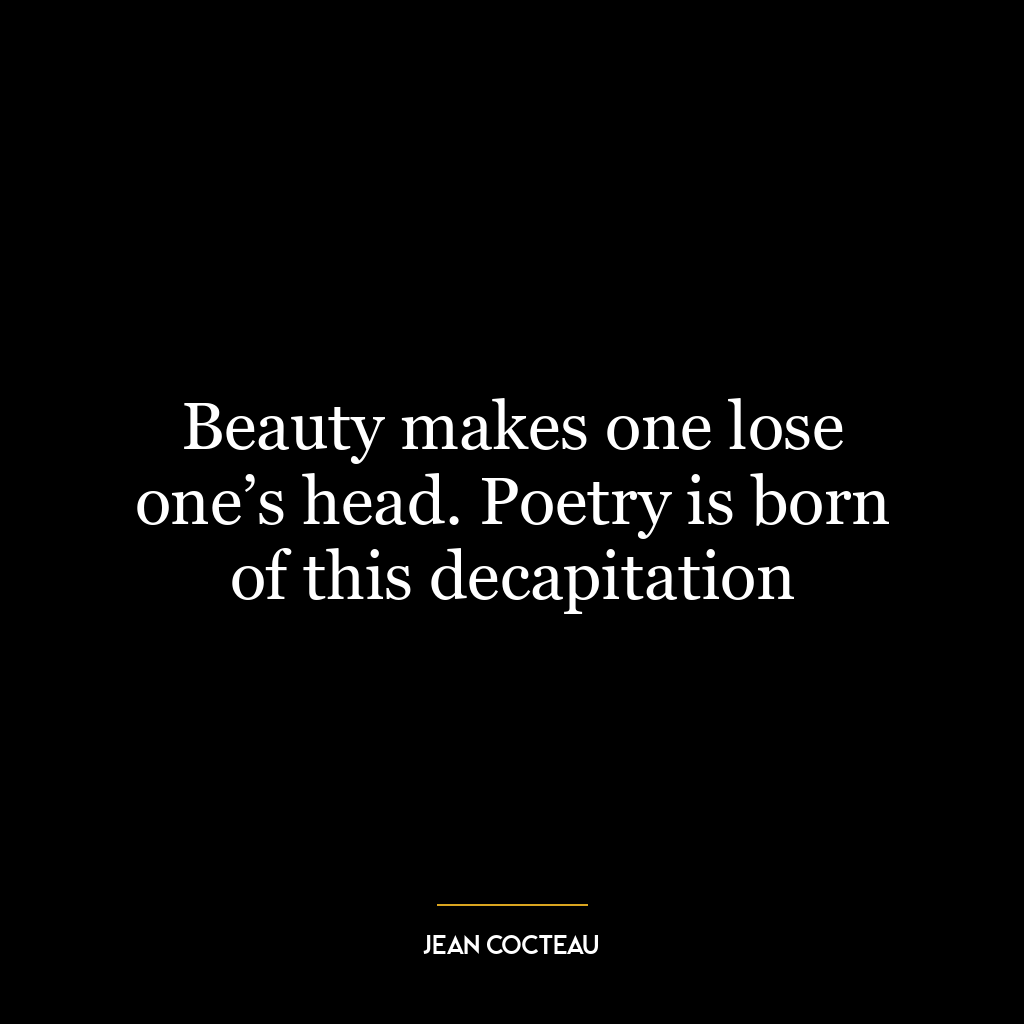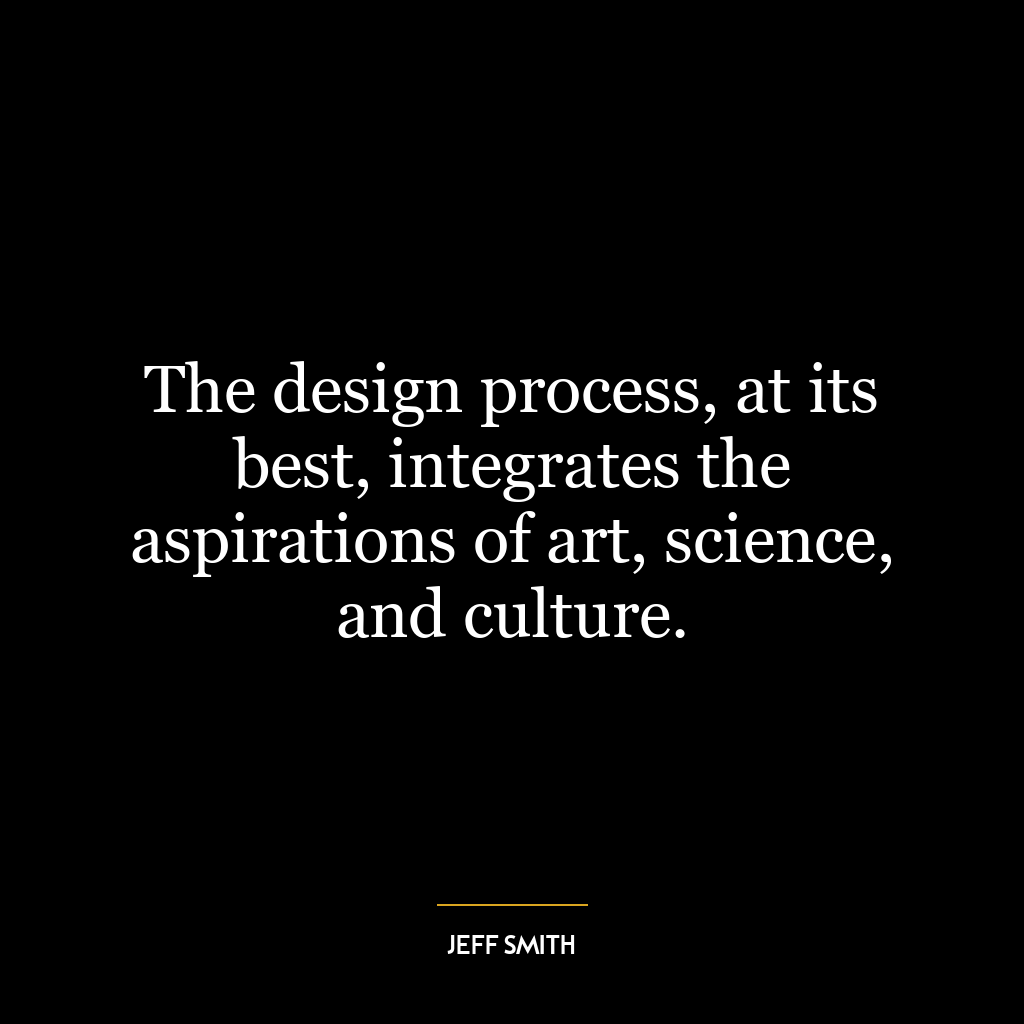This quote suggests that science and poetry, or more broadly, science and the arts, are not as distinct as they may seem. Initially, they were intertwined, with science originating from the human desire to understand and explain the world around us, a desire also expressed through poetry. Over time, science became more analytical and empirical, while poetry retained its emotive and expressive nature, leading to an apparent divergence. However, the quote proposes that they can reunite on a higher level, implying a synthesis where scientific understanding and poetic expression can enhance and enrich each other.
In today’s world, this idea is reflected in the increasing intersection between science and the arts. For example, scientific concepts are often explored and communicated through artistic mediums, such as in science fiction literature or films. Conversely, scientific methods and principles are being used to analyze and understand art, such as in the field of neuroaesthetics, which studies the neural basis of aesthetic experiences.
In terms of personal development, this quote encourages us to embrace both the analytical and the expressive sides of our nature. We can strive to understand the world around us through scientific inquiry while also expressing our thoughts and feelings about it through artistic means. By doing so, we can gain a more holistic understanding of ourselves and our place in the world. This might mean, for example, a scientist taking up painting to explore their creative side, or a poet learning about physics to better understand the natural phenomena they write about. In this way, science and poetry can indeed meet again as friends, enriching our personal and intellectual growth.















